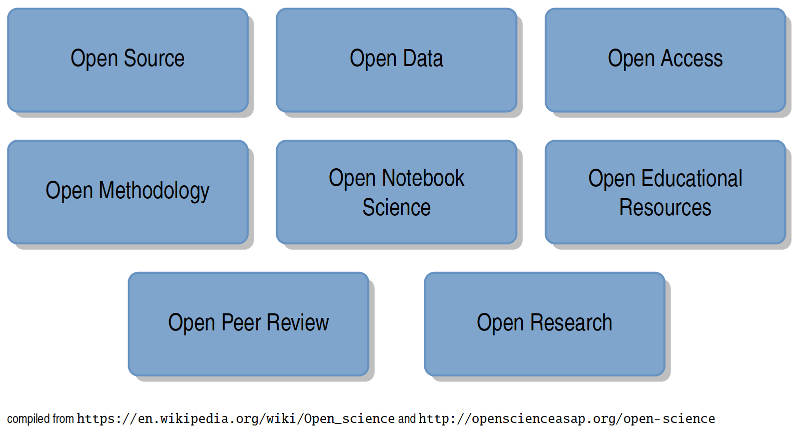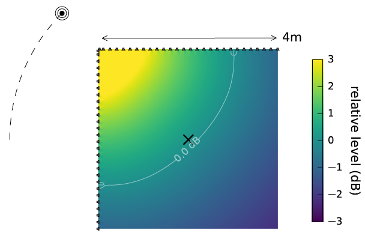At the 142nd AES convention in Berlin we presented the paper
Frank Schultz, Gergely Firtha, Peter Fiala, Sascha Spors (2017): “Wave Field Synthesis Driving Functions for Large-Scale Sound Reinforcement Using Line Source Arrays.” In: Proc. of 142nd Audio Eng. Soc. Conv. Berlin, #9722.
Please feel free to download the slides Schultz_2017_LSA with LSA_AES142nd .


Abstract:
Wave field synthesis (WFS) can be used for wavefront shaping using line source arrays (LSAs) in large-scale sound reinforcement. For that the individual drivers might be electronically controlled by WFS driving functions of a virtual directional point source. From the recently introduced unified 2.5D WFS framework it is known that positions of amplitude correct synthesis (PCS) only exist along an arbitrary shaped curve—the reference curve—in front of the LSA. However, its shape can be adapted with the so called referencing function. We introduce the adaption of the referencing function along the audience line of typical concert venues for optimized wavefront shaping. This yields considerable improvements with respect to sound field’s homogeneity and more convenient setups compared to previous WFS-based sound reinforcement.
We use the unified 2.5D WFS framework for this approach, see the post.









